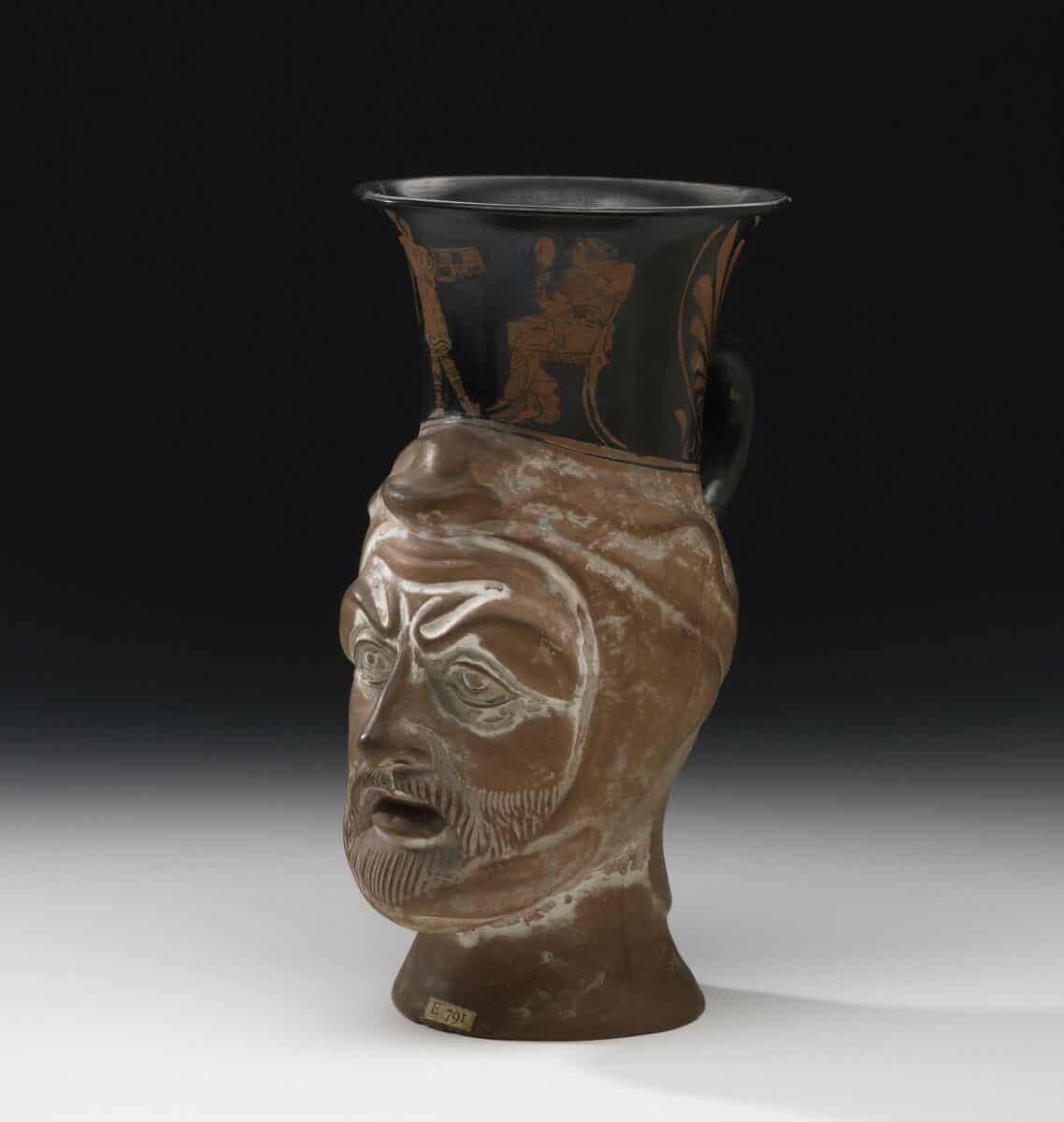
Headaches are something that many of us can relate to: the uncomfortable throbbing in your head, accompanied by nausea and sensitivity to light and sound. But did you know the difference between a common headache and a migraine? With so much confusion surrounding headaches, it can be challenging to identify which one is causing discomfort. In this blog post, we will explain the differences between migraines and headaches so you can understand how best to treat or manage them.
Sumatriptan is a medication commonly used to treat headaches, particularly migraines. Many individuals have found it helpful in relieving headache symptoms. However, it’s crucial to consult with a healthcare professional who can evaluate your specific condition and determine if sumatriptan is an appropriate treatment option for you.
Similarities and Differences of Migraines and Headaches
Migraines and headaches can often be mistaken for each other, but they are two distinct conditions with different symptoms and triggers. For example, headaches are typically felt as a dull pain in the head. In contrast, migraines are characterised by throbbing pain on one side of the head and other symptoms such as nausea, sensitivity to light and sound, and visual disturbances. In addition, while headaches are usually caused by tension, dehydration, or sinus pressure, migraines are often triggered by specific factors such as hormonal changes, stress, or certain foods.
Symptoms of a Migraine vs Symptoms of a Headache
If you’ve ever had a splitting headache, you might wonder if it’s a migraine or just a regular headache. Knowing the difference between the two can make all the difference in finding relief. Headaches typically come with mild to moderate pain that’s felt on both sides of the head. You might also feel pressure or tightness in the head or neck.
The pain is often one-sided with migraines and can be severe, throbbing, or pulsing. You may also experience nausea, vomiting, and sensitivity to light and sound. It’s essential to understand the differences to get the correct treatment. So, if you’re unsure about experiencing a migraine or headache, see your doctor.
Diagnosing Migraines and Headaches with Your Doctor
You must speak with your doctor if you’re unsure whether you’re suffering from a migraine or headache. They can diagnose your symptoms and help you manage your pain. When meeting with your doctor, describe your symptoms, including any triggers or patterns you may have noticed. Your doctor may also recommend imaging tests or blood work to rule out other possible causes. Remember, diagnosing migraines and headaches is the first step towards finding relief.
Treatment Options for Migraines and Headaches
Migraines and headaches are common ailments affecting many individuals worldwide. While the pain experienced can be unbearable, a variety of treatment options are available to address these symptoms. Over-the-counter medications such as ibuprofen or aspirin are common for those with minor migraines or headaches. Prescription medications are an option for individuals struggling with moderate to severe migraines. Triptans, for example, are a prescription medication that can effectively reduce the pain associated with migraines. Alternative treatments such as acupuncture, massage, or herbal remedies also alleviate migraine symptoms. It is essential for those struggling with migraines and headaches to find the right treatment option for their individual needs with the help of a healthcare professional.
How to Prevent Future Migraines and Headaches?
You can take several steps to prevent them from occurring in the first place. Start by assessing your lifestyle and identifying any potential triggers. This could be stress, certain foods, or even bright lights. Once you’ve pinpointed what triggers your migraines or headaches, take proactive steps to avoid these triggers. For example, if bright lights are a problem, wear sunglasses or avoid bright screens when possible. Other preventative measures include staying hydrated, maintaining good posture, and getting enough sleep. By taking these steps, you can significantly reduce your chances of experiencing migraines and headaches in the future.
Self-Care Tips for Managing Migraine or Headache Pain
Living with chronic migraine or headache pain can be incredibly challenging and affect all aspects of life. However, self-care practices can help manage symptoms effectively and improve overall quality of life. One of the most important steps is identifying triggers by keeping a headache diary. Avoiding triggers like certain foods, lack of sleep, or dehydration can reduce the frequency and intensity of headaches. Regular exercise, stress-management techniques such as meditation and deep breathing, and establishing a regular sleep schedule can also be helpful.
Conclusion
The differences in migraines and headaches may seem subtle, but the treatments can be drastically different. If you consistently believe you’re experiencing either or both conditions, speak with your doctor about proper diagnosis and treatment options. Learning more about the similarities and differences between migraines and headaches can help give you an advantage in understanding, preventing, and treating them. Additionally, even simple changes such as increasing your hydration levels or ensuring you get regular exercise can be key steps in reducing pain from migraines and headaches. Finally, while not a cure-all for all migraine or headache pain, simply slowing down and focusing on relaxation activities like yoga or meditation can also help manage the pain of either condition.







